
I’m back with another travel tale following a dear friend’s prompting, and this time, we’re talking about a true visionary. If you’ve ever been to the stunning island of Lanzarote, you’ll know that it’s unlike anywhere else. There are no high-rise hotels (bar one!), no gaudy billboards, and a beautiful, harmonious blend of white-washed buildings and dramatic volcanic landscapes. This isn’t an accident. It’s all thanks to one man: César Manrique.
Manrique was an artist, an architect, a sculptor, and, most importantly, an ecologist. He was born on the island and, after spending time in bustling Madrid and New York, he returned in the 1960s with a singular mission: to protect his homeland from the ravages of mass tourism. His philosophy was simple: “Art-Nature/Nature-Art.” He believed that art should not compete with nature but rather enhance it, and he used the entire island as his canvas.
A Pioneer of Sustainable Tourism
Long before “sustainable tourism” became a buzzword, Manrique was living and breathing it. He worked tirelessly to lobby the local government, advocating for strict building regulations that were enforced in the 1970’s. This is why you won’t find the towering concrete monstrosities that blight other Spanish coasts on Lanzarote – with the one exception of the Gran Hotel in Lanzarote’s capital Arrecife, that snuck in before the regulations were enforced! It offers a ‘taste’, a vertical glimpse, into what the island’s coastline COULD have looked like.
Manrique insisted on a design code that featured low-rise, white-washed buildings with only specific colours used for the woodwork. This created a sense of visual unity and kept the focus on the breathtaking natural volcanic landscape. His work was so influential that it helped the island become a UNESCO Biosphere Reserve in 1993.
Blending Art with the Landscape
Manrique’s most iconic works are not just buildings; they’re seamless extensions of the earth itself. He used natural materials like volcanic stone and lava rock, and his designs are organic and flowing, often incorporating natural light and existing geological formations.
The Jameos del Agua is one incredible example of his vision. This isn’t a building built on the land, but a cultural center created within a collapsed lava tunnel. He transformed what had become an illegal rubbish dump into a stunning space with a concert auditorium, a restaurant, and a serene underground lake that’s home to a unique species of blind albino crab. It’s a perfect blend of human intervention and natural wonder.
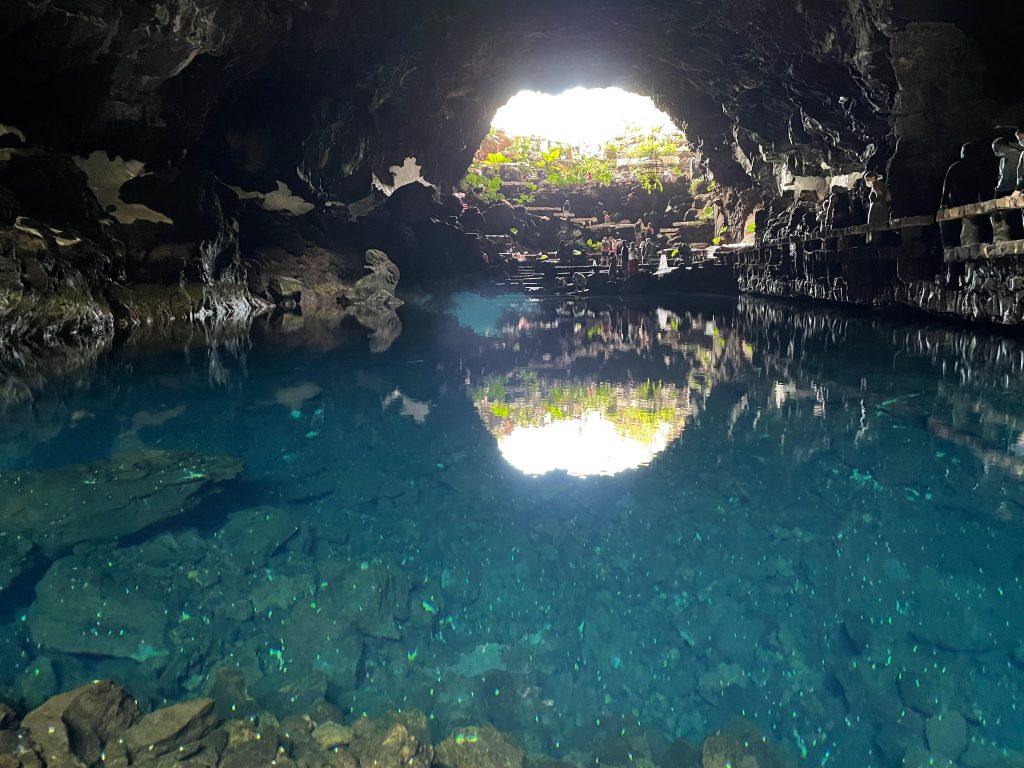
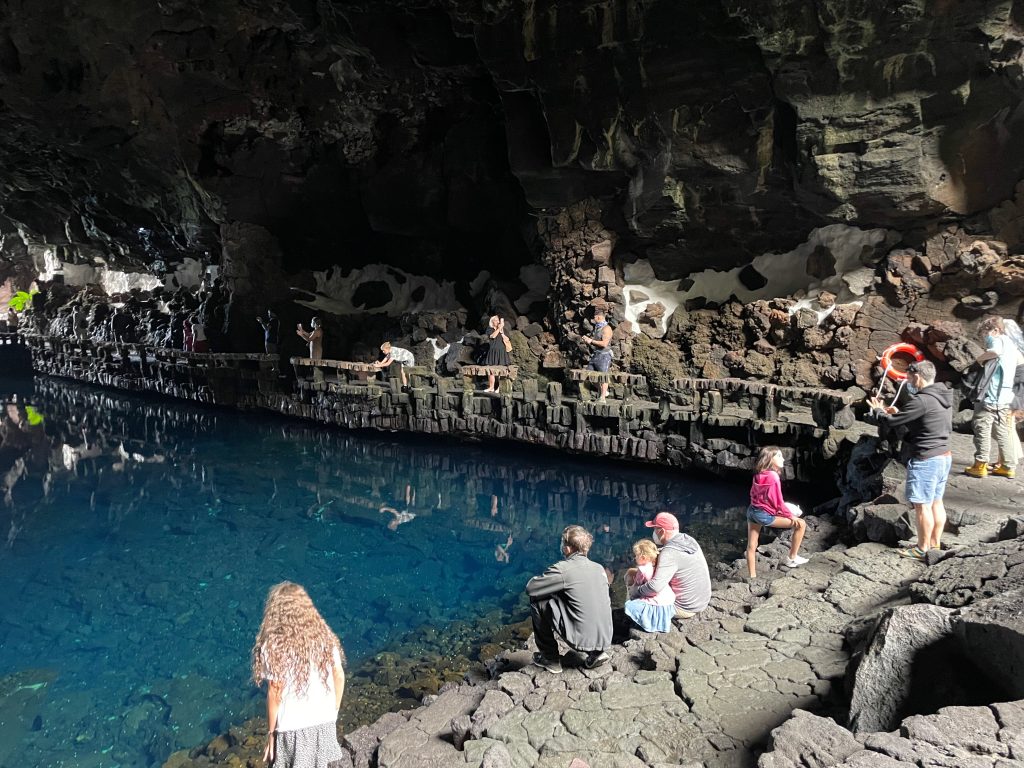
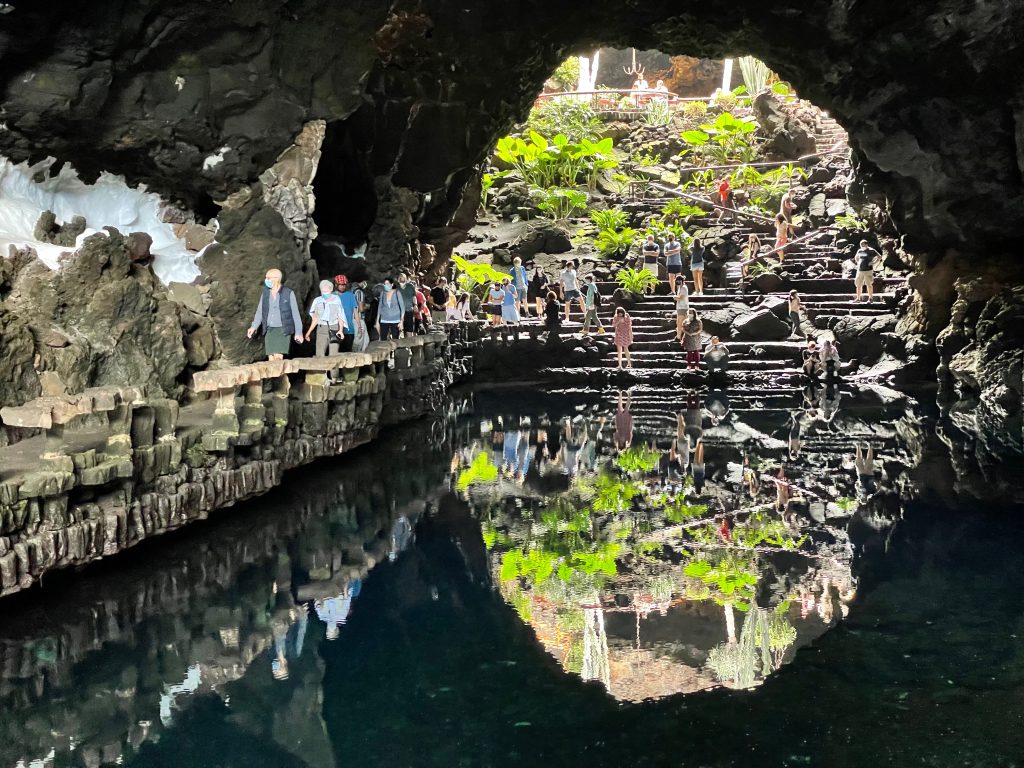
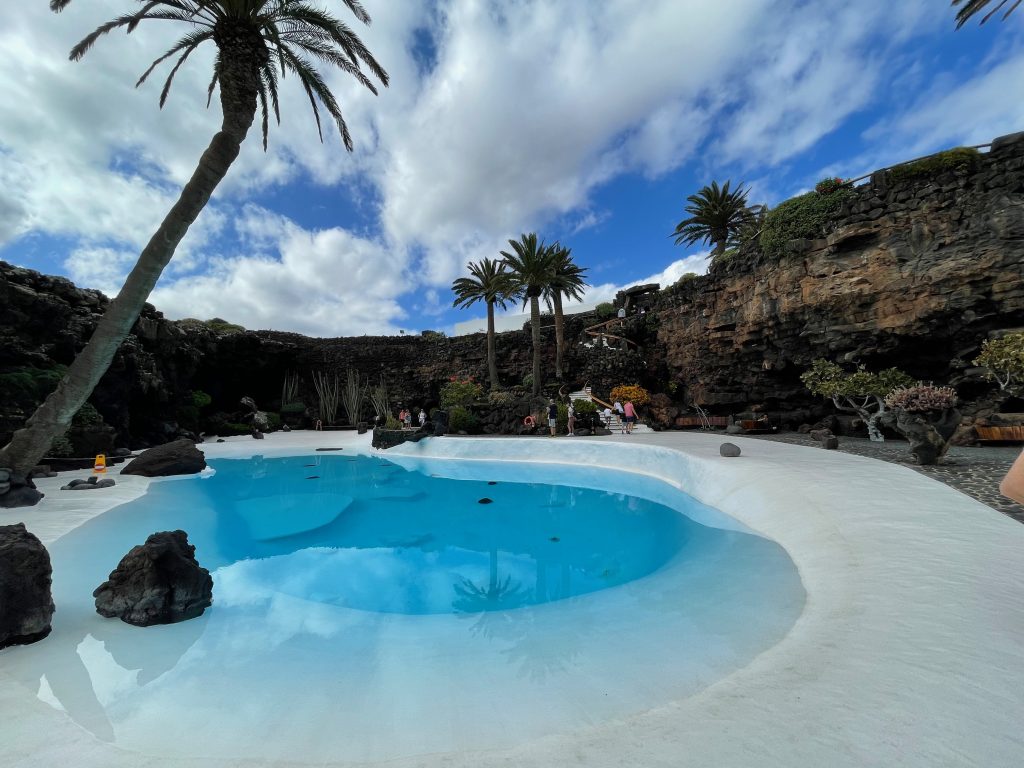
Another masterpiece is the Mirador del Río, a viewpoint carved directly into a cliff face. From the outside, you can barely tell it’s there. Inside, Manrique’s genius is on full display with wide, panoramic windows that perfectly frame the stunning view of the Chinijo Archipelago, allowing nature to be the true star of the show.

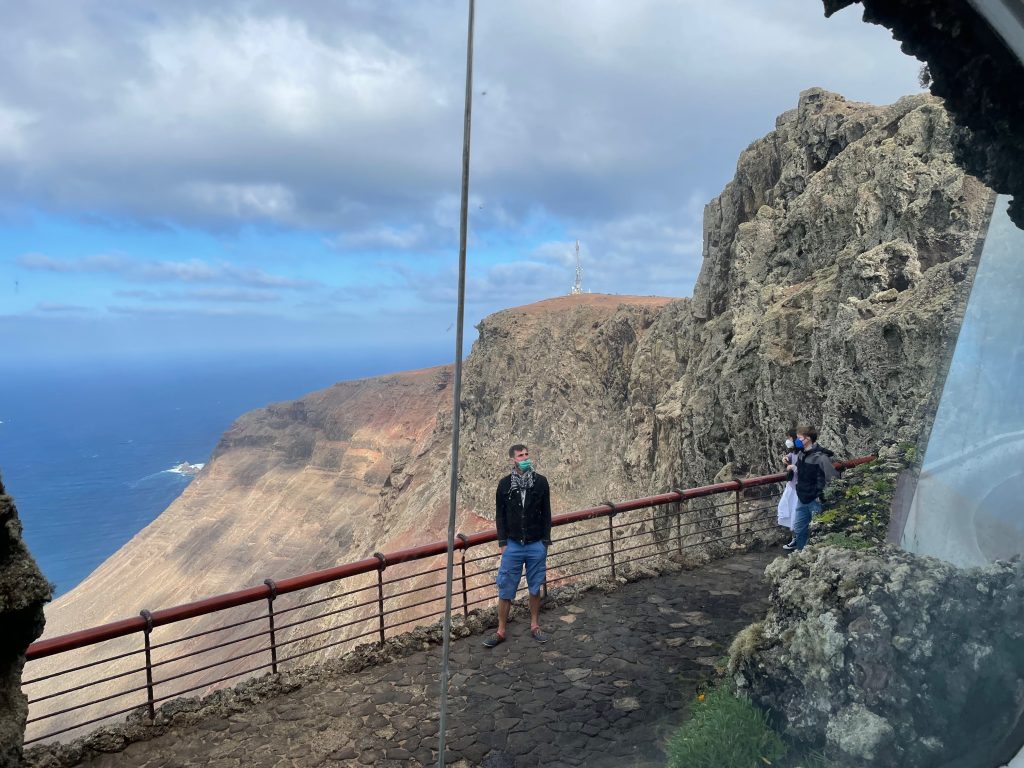
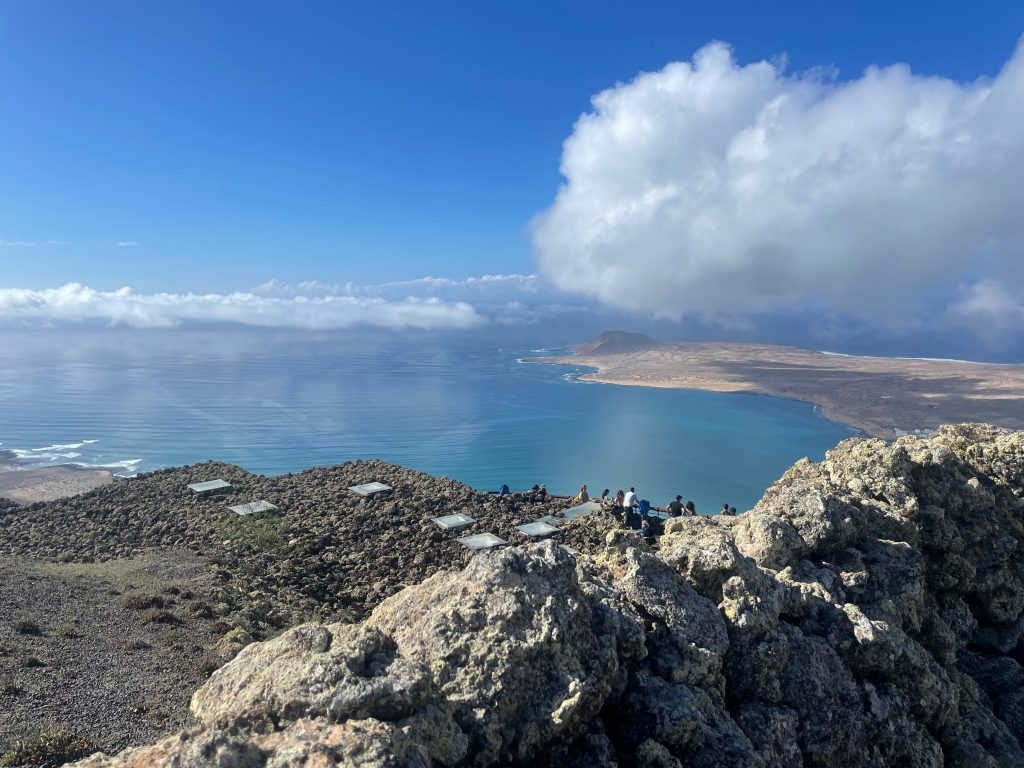
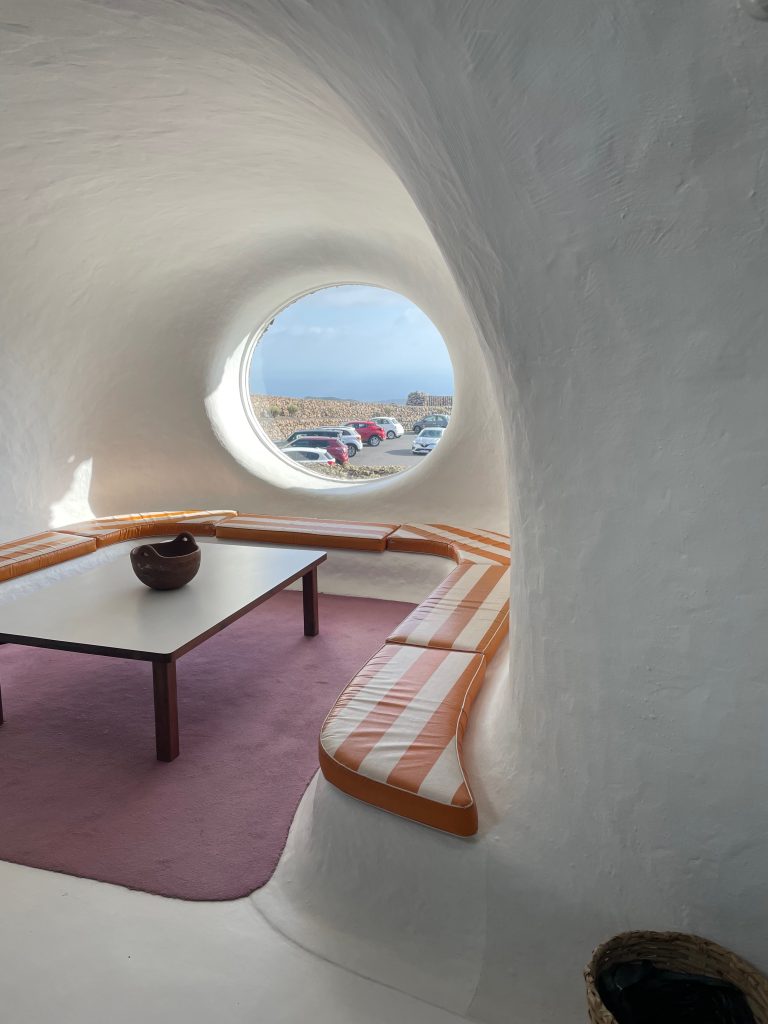
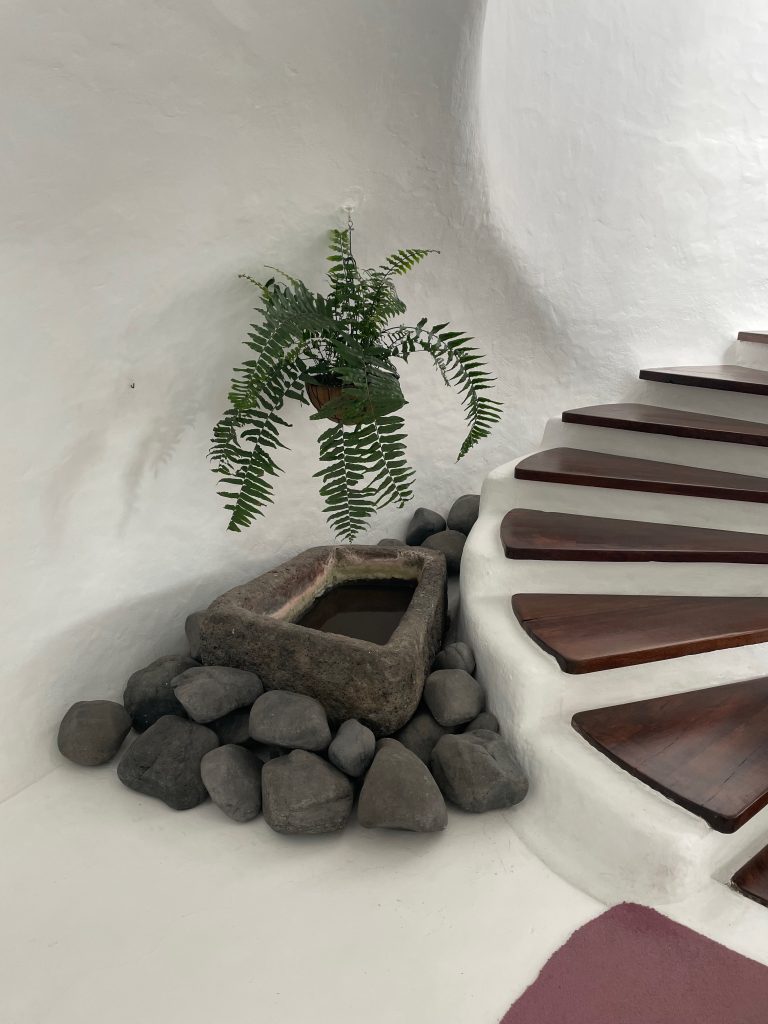
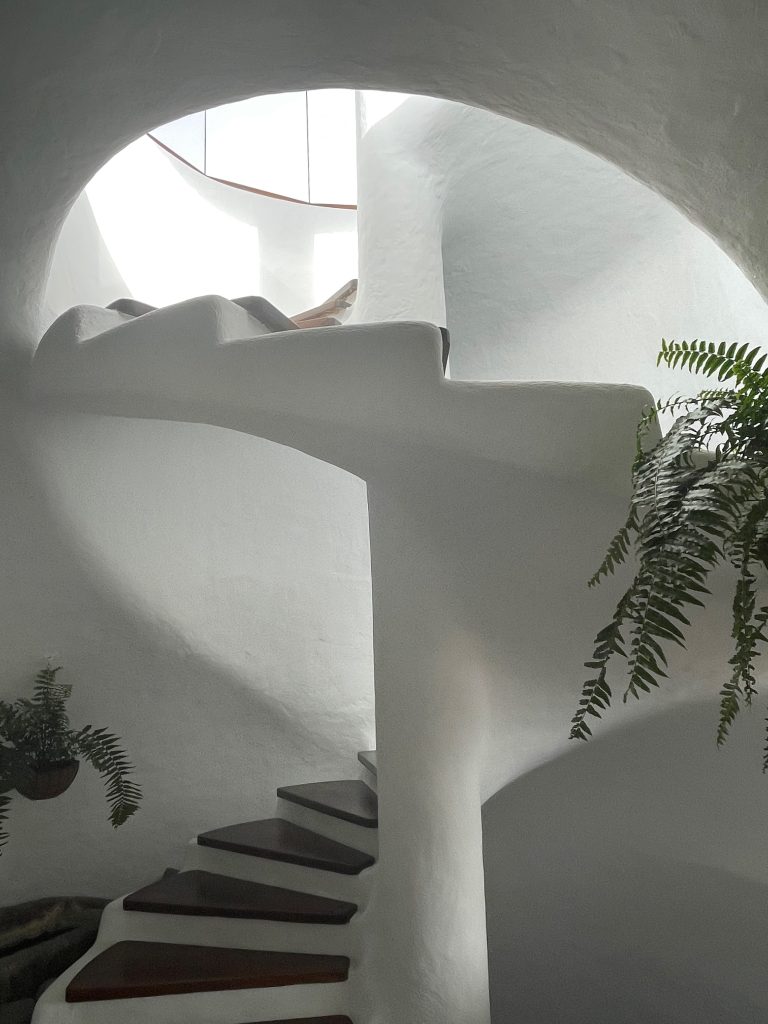

Fuelling a Greener Future, One Story at a Time. Every small step we take – from reusable bags to conscious consumption – ripples outwards, creating a wave of hope. Let’s rewrite the story of our planet, one click at a time. I believe in the power of storytelling. By sharing inspiring environmental initiatives, unsung sustainability heroes and practical tips, I aim to amplify the voices making a difference. Imagine a world where everyone is empowered to take action, one small change at a time. ‘Buy Me A Coffee’ donation is a quick and easy way to offer a small, one-off donation, that helps keep this platform running and allows me to continue sharing these vital stories. Just click the “Donate” button (top right corner). Every contribution, no matter the size, makes a difference. Thank you for being a part of this journey.
The Cactus Garden: A Volcanic Oasis
One of Manrique’s final projects was the Jardín de Cactus (Cactus Garden), a testament to his ability to find beauty in even the most barren of landscapes. Built within an old quarry used for extracting volcanic ash, this garden is a true masterpiece of land art. Manrique repurposed the former industrial site, turning a scarred landscape into a beautiful, terraced garden. He meticulously arranged over 4,500 specimens of cactus from all over the world, creating a stunning visual contrast between the spiky green plants and the dark volcanic rock.
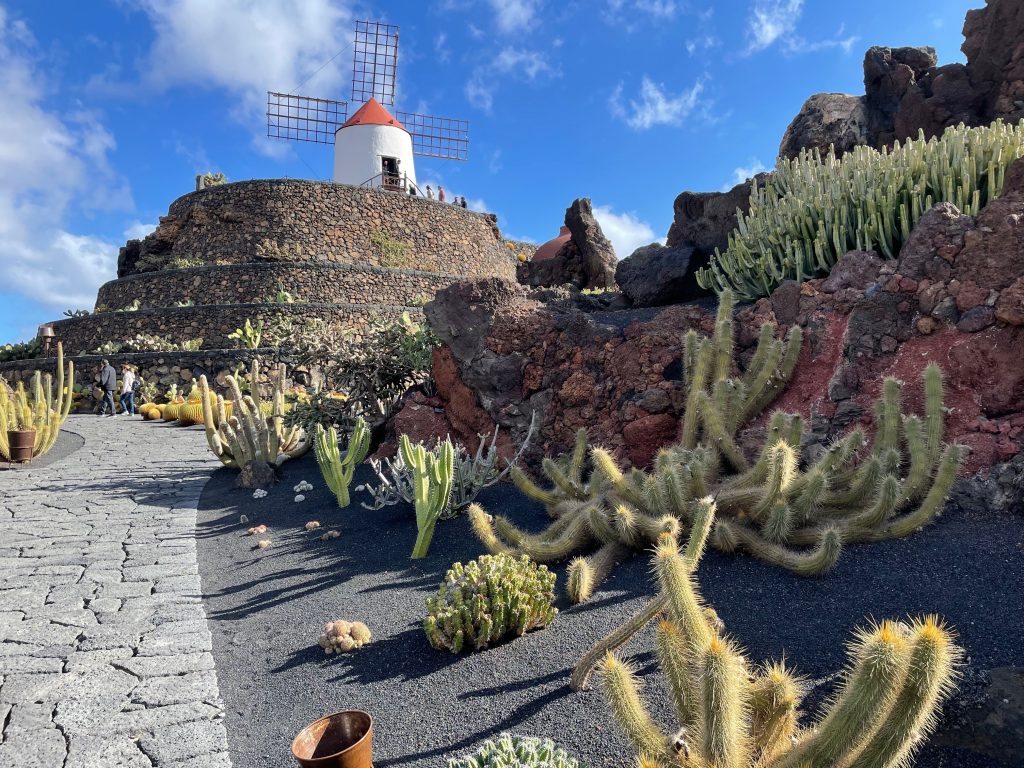
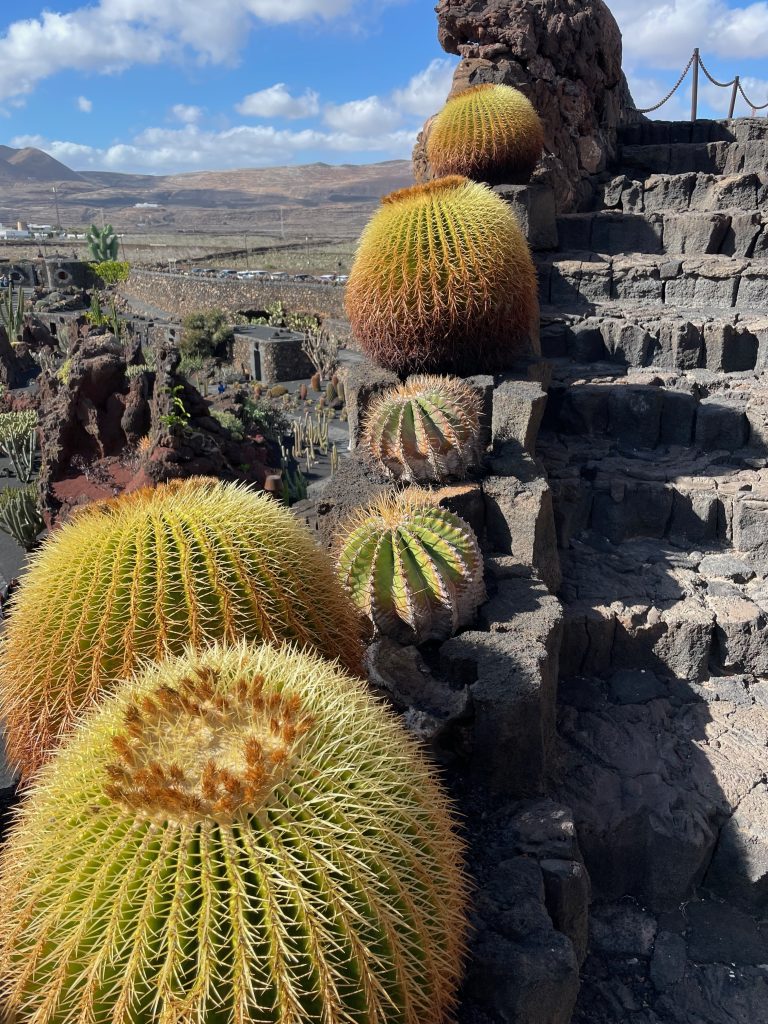
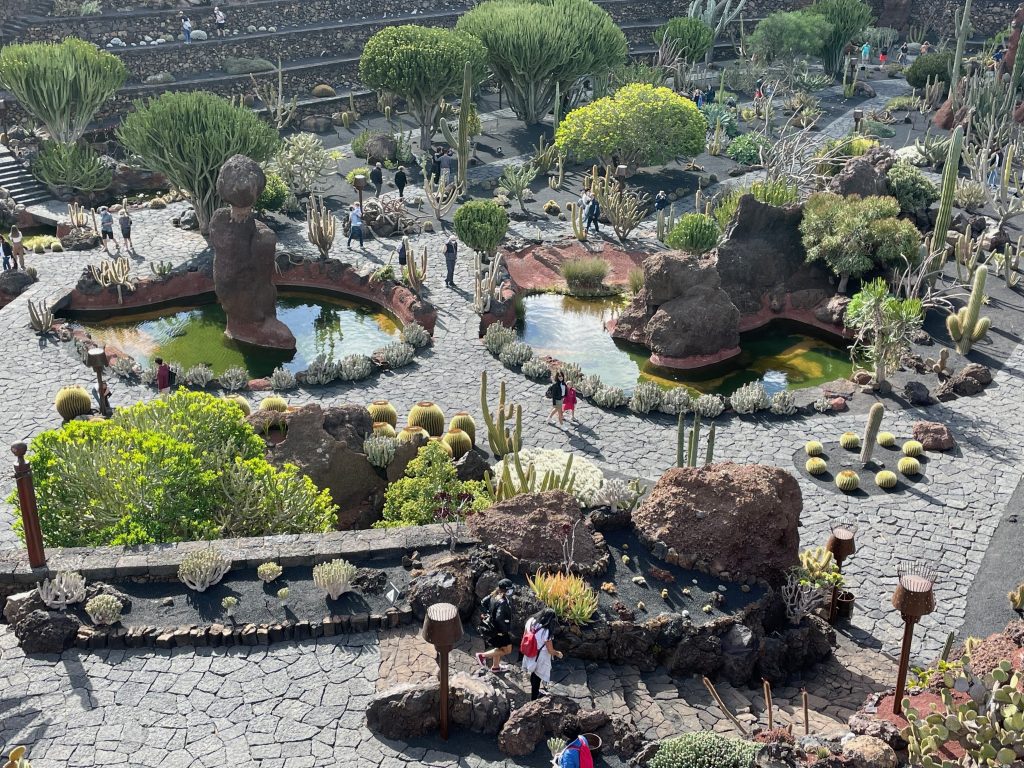

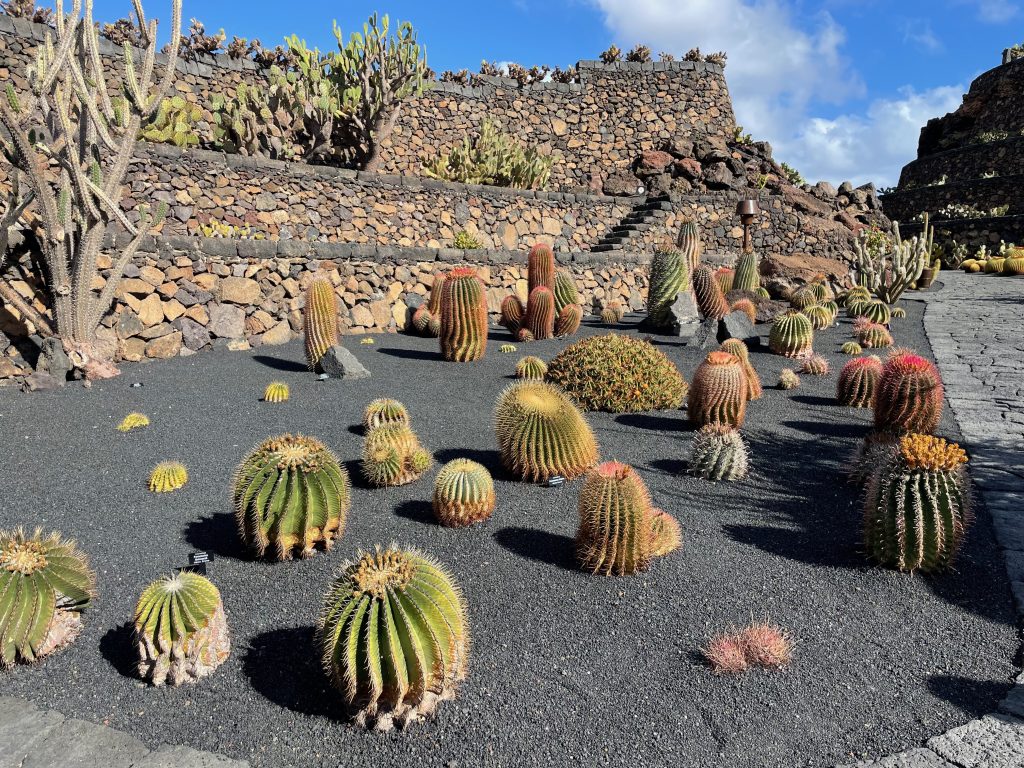
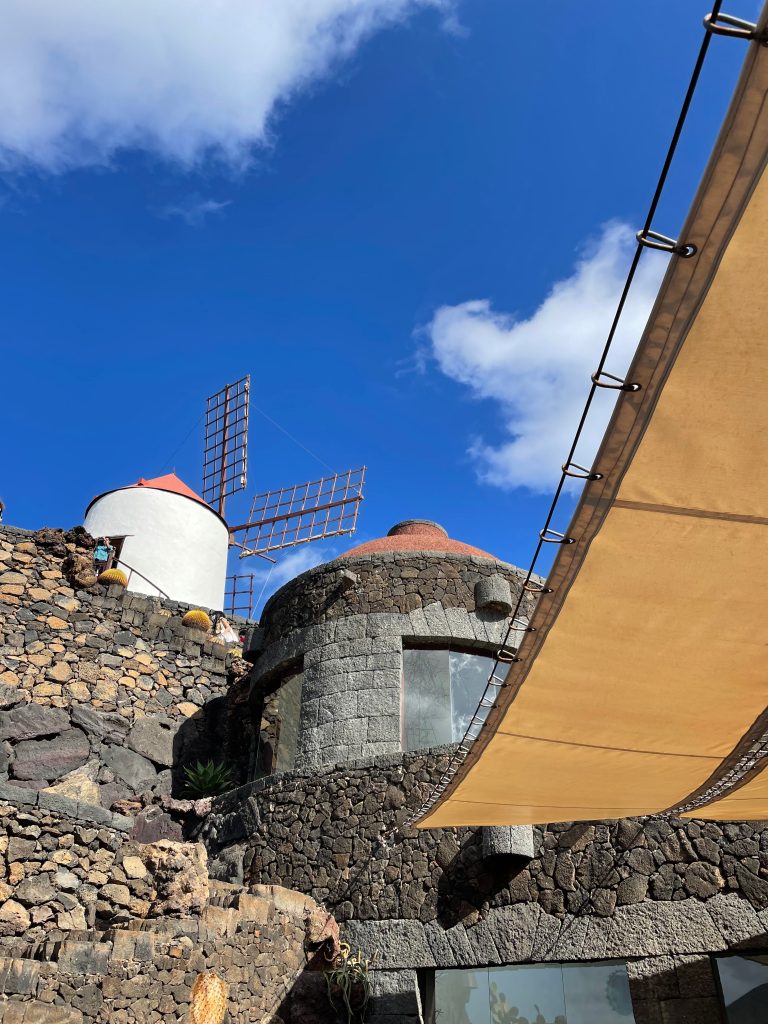
It’s a perfect example of his philosophy of reclaiming and rehabilitating land, turning a site of human exploitation into a peaceful, sustainable sanctuary and one of my favourite places to visit on the island.
Manrique didn’t just build things; he built a philosophy. He showed the world that it’s possible for tourism to be successful without destroying the very environment that makes a place special. He proved that respecting and celebrating nature is not only good for the planet but also creates a more authentic and beautiful experience for everyone.
So, if you’re looking for a holiday destination with a conscience, where art and nature live in perfect harmony, add Lanzarote to your list. You’ll be walking in the footsteps of a man who truly understood the power of sustainability.
P.S: Don’t forget to call into the César Manrique House Museum in Haria, where he lived and worked until his untimely death in 1992. And stop at the César Manrique Foundation, in the centre of Lanzarote (Taro de Tahiche) – here you will see much of his work as an artist and in fact the conversion of this house to a museum was supervised by him
